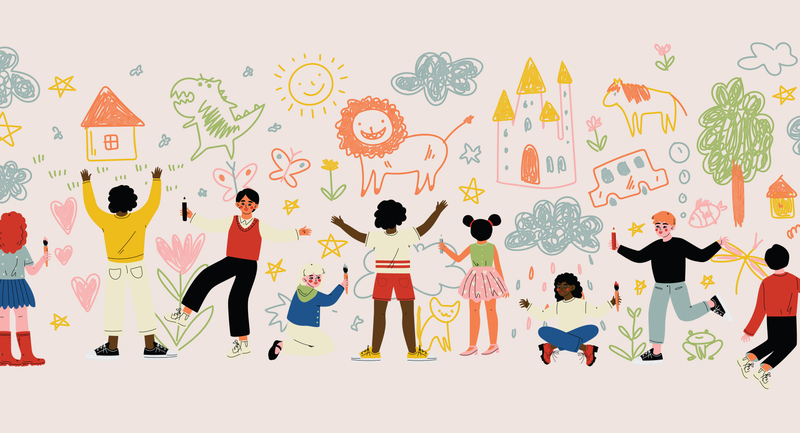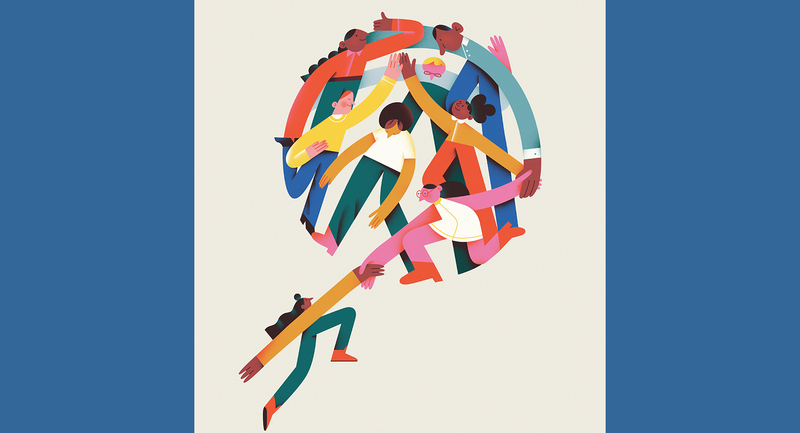Credit: skynesher / iStock
In the late 1960s, a now-famous study tricked teachers into believing a Harvard test had predicted some of their students were poised for rapid academic gains. No test existed, though. The students had been given the designation at random. Yet remarkably, a year later, that group of learners, including students who had previously been under-performing, was found to be performing at higher levels than their peers. These results pointed to the so-called “Pygmalion effect,” that higher teacher expectations yield better student outcomes. Although the study’s findings were subsequently questioned and results never replicated, the general principle of teacher expectations driving better student outcomes has been confirmed in numerous later studies.
What remains less clear is how exactly teacher expectations transmit to students. Is it through more rigorous lessons? Better feedback? More individual attention? Or something else entirely?
A recent study from Australia takes a novel approach to this initial question. Researchers asked 25 students in grade 10 what happens for them when teachers convey high (or low) expectations. They then conducted 175 follow-up classroom observations of these teachers in action. Results from these interviews and observations suggest the following, compelling causal chain from high expectations to student outcomes:
1. The process begins with teachers framing learning as challenging, yet achievable, by saying things like, “I’m trying to make you think!”, followed by, as one student put it, “They’ll say like, ‘I can see you can do it’ and then I end up doing it.”
2. Effective teachers also encourage students to meet high expectations by regularly celebrating student progress. As one student shared about a teacher’s response to her achieving a challenging task, “I explained it to her and she was really happy with the overall idea . . . she was like Yes YES YES! and thrusting her arms . . . when she does stuff like that, it actually makes me feel really proud, because [I’m] on the right track, [I’m] going to do good.”
3. Perhaps most important, effective teachers focus on praising students’ efforts (versus intelligence), which makes students want to work hard to not let down teachers who are lifting them up.
4. Ultimately, these teacher behaviors help students connect success with their own efforts, thereby encouraging student self-efficacy—a belief in their own abilities to master challenging content, which itself is strongly linked to better student outcomes.
What the students in this study seem to be saying is that they enjoy being challenged and encouraged to see how through their own hard work and efforts, they can rise to the challenge.
End Notes
•
1 Rosenthal, R., & Jacobson, L. (1968). Pygmalion in the classroom. The Urban Review, 16–20.
•
2 Wang, S., Rubie-Davies, C. M., & Meissel, K. (2018). A systematic review of the teacher expectation literature over the past 30 years. Educational Research and Evaluation, 24(3–5), 124–179.
•
3 Johnston, O., Wildy, H., Shand, J. (2021). ‘Believe in me and I will too.’ A study of how teachers’ expectations instilled confidence in grade 10 students. Social Psychology of Education, 24,1535–1556.









